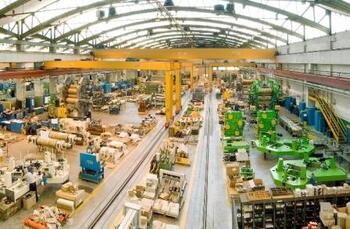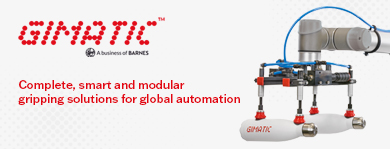
The statistical analysis by Assocomaplast on foreign trade data provided by Istat for the first six months of this year, reveals - compared to January-June 2014 - a markedly positive performance for Italian exports and imports of plastics and rubber machinery, equipment and moulds. The growth in exports recorded by Assocomaplast members since the beginning of 2014 has continued, and actually increased, this year: in the first six months of 2015 sales outside Italy increased by 7.5% compared to the same period of 2014.
On the import side, the rise in purchases from abroad approached 17%. This provides further reassurance of economic recovery to the domestic market, although it cannot yet be described as a glittering performance. The trade balance, consequently, showed an improvement.
“Such trend is, in fact”, remarked Alessandro Grassi, new president of Assocomaplast, “in line with the results of our latest sentiment survey, reflecting the views of our members on the current state of business”. The survey revealed a climate of moderate optimism, with regard to recent results - in July, 50% of the interviewees reported an increase in orders compared to the same period in the previous year - but also in terms of outlook, with 44% of the interviewees expecting further expansion, and 45% expecting a consolidation of their turnover over the current six-month period. “These indicators also show an improvement with respect to earlier surveys”, said Grassi.
As for equipment in general, the largest volumes recorded of imported injection moulding machines, flexographic printing machines and moulds - to mention some, but not all, types of equipment making up the majority of imports - came from Germany, the country that confirms its role as main supplier of technology for Italy.
Germany, the most important destination market for Italian exports for the sector historically, reconfirms its position also from this point of view. German processors purchased Made in Italy machinery for a value of almost 200 million euro (+19% compared to the first six months of 2014).
In terms of geographical macro-areas for sales overall, there was a notable increase in business from EU countries and the NAFTA group. Amongst EU countries there was an increase of sales also in Spain and in the Czech Republic. With regard to North America, the most significant result was the 36% increase in exports to the United States, along with the by no means negligible figure of +15% in exports to Mexico. Encouraging results also came from Brazil, with a 17% increase, marking a reverse trend when considering the reductions seen over the previous four years and raising hopes for stabilisation in the area.
The further decline in exports to Russia (-39%), an area still negatively affected by the problems following the Ukraine crisis, comes as no surprise. Negative figures were also recorded for India (-24%), where Italian suppliers are finding it difficult to make headway despite the undeniable market potential, and China, where marked swings in performance are noticed from year to year.
























